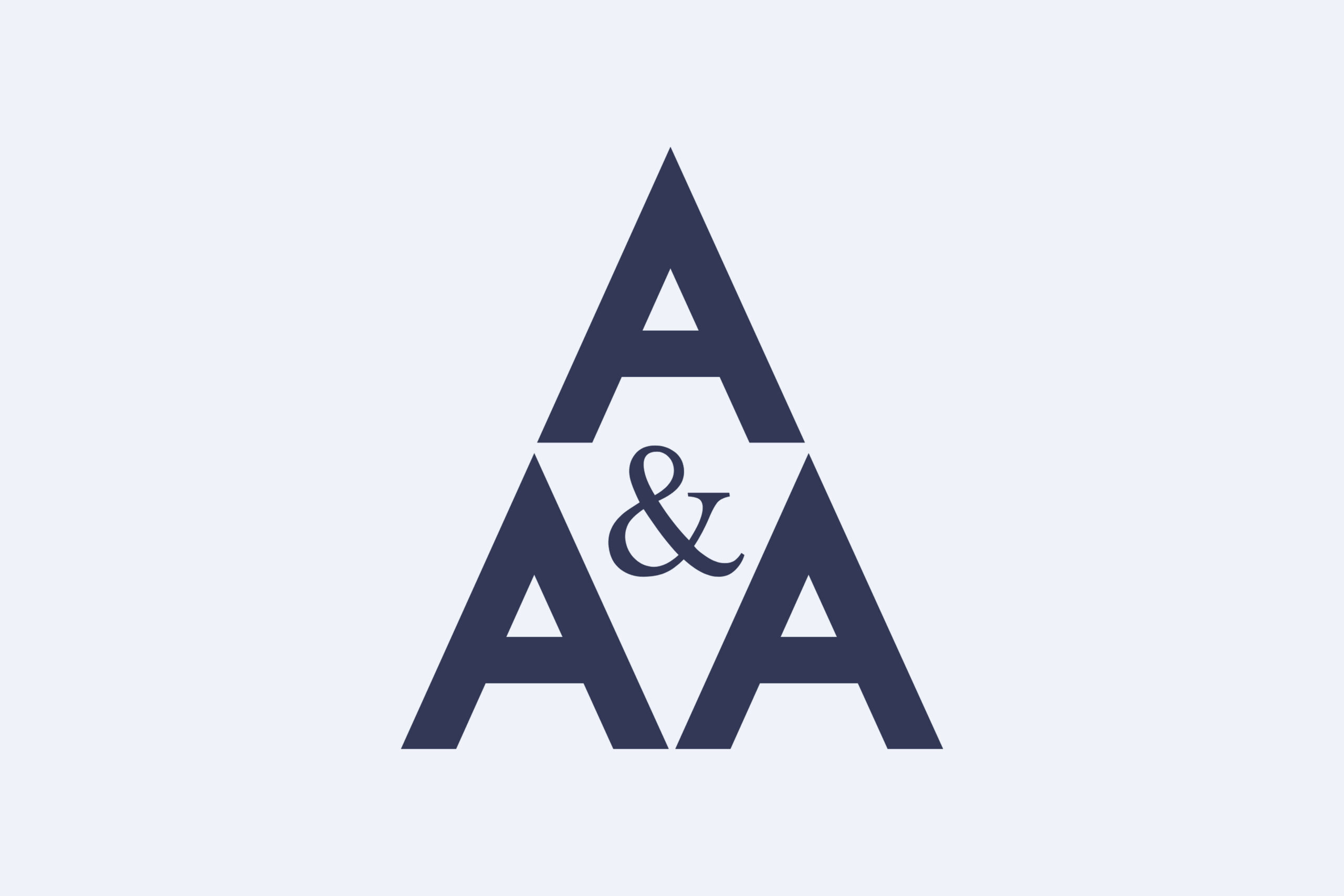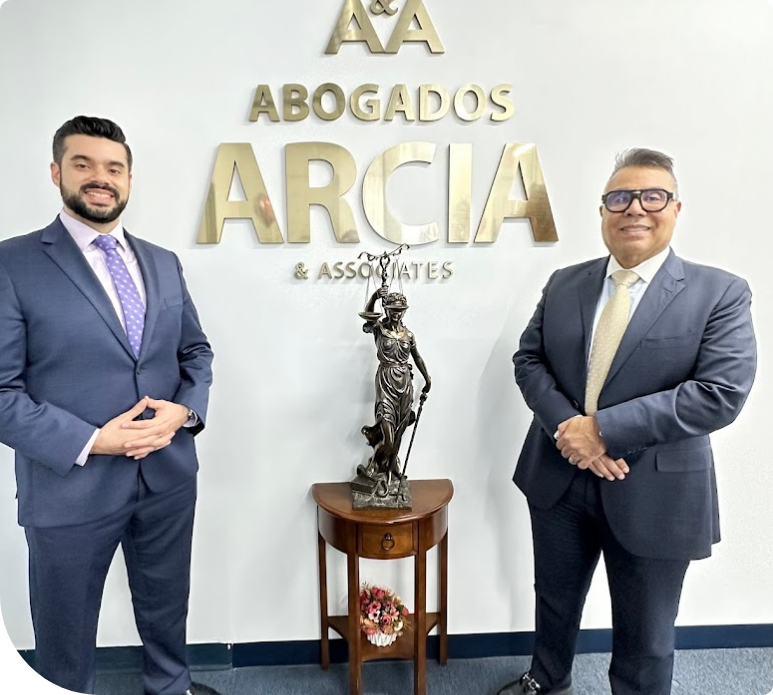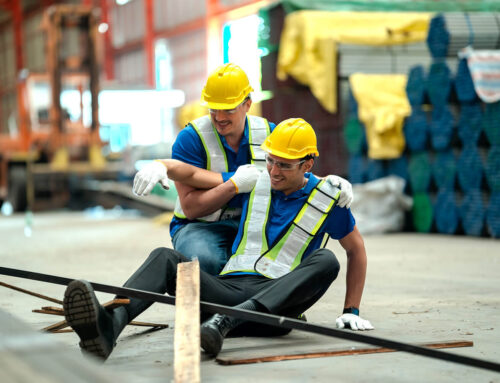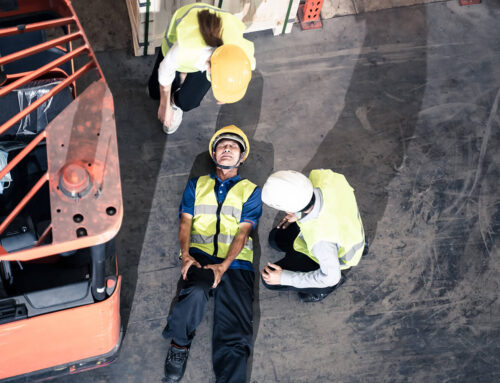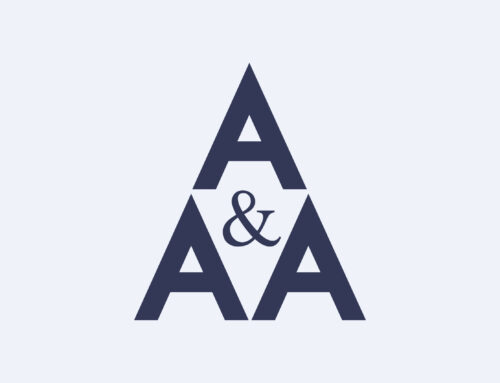Generally, there are a small handful of statutes that an injured construction worker can use as part of their effort to obtain compensation for injuries suffered at the job site. Two commons ones are Sections 240(1) and 241(6) of the Labor Law. The first of those two deals with injuries that were in some way “gravity related.” (In other words, something fell on the worker or the worker fell from a height.) Section 241(6) involves circumstances where you are injured because someone did something (or failed to something) that amounted to a violation of New York’s safety regulations. These and other potential claims that an injured construction worker may be entitled to assert often require an in-depth understanding of the law. A skilled New York City construction injury attorney can help you to determine what the best way to proceed is.
As an example of how these types of construction injury lawsuits can proceed, there’s the case of G.Z. G.Z. was injured working on a residential driveway removal and replacement project. He worked for the subcontractor on the project and his injuries were allegedly the result of his supervisor striking him with a crawler-mounted excavator that the supervisor was driving.
The facts of G.Z.’s case made it clear that nothing fell on him from a height and he did not fall from a height himself, so he did not assert a Section 240(1) claim. He did, however, pursue a Section 241(6) claim. The worker asserted that his accident occurred because of a violation of 12 NYCRR 23-4.2(k). That regulation says that workers “shall not be suffered or permitted to work in any area where they may be struck or endangered by any excavation equipment or by any material being dislodged by or falling from such equipment.”
The importance of selecting a ‘sufficiently specific’ regulation as the basis for your claim
It is important to know that not all New York safety regulations can be grounds for bringing a lawsuit under this statute. The law says that a regulation must be “sufficiently specific” in order for a worker to use it as the foundation of a Section 241(6) case. So, the ability for G.Z. to go forward with his case, and pursue the compensation he needed, came down to whether 12 NYCRR 23-4.2(k) was sufficiently specific.
Both the trial judge and the Appellate Division decided that it was. G.Z.’s was not the first time that the courts had ruled in favor of a worker in this type of situation. A few years ago, a worker’s legs were run over by an excavator. He brought a Section 241(6) lawsuit similar to the one G.Z. advanced. In that 2015 ruling, the Appellate Division was very clear about a couple of points that can matter a great deal to workers working around excavation equipment. One was that “12 NYCRR 23-4.2(k) does not require excavation work to be underway at the time of the accident.” So, even if, for example, G.Z.’s injury occurred while the supervisor was just moving the excavator from place to place and no excavation work was going on at the time, that fact alone would not stop his lawsuit. Additionally, 12 NYCRR 23-4.2(k) does not have an exception for situations where “the injured worker was part of the same work crew as the operator of the excavator.” So, the fact that G.Z. and the driver of the excavator (his supervisor) were part of the same crew also was not a fact that would, by itself, stop his lawsuit.
Your construction injury case deserves the finest in skilled legal representation. It deserves the experienced New York City construction injury attorneys at Arcia & Associates. Our team has a long track record of helping injured workers get the results they need. We will work diligently to obtain your best possible outcome.
Contact us at 718-424-2222 to find out how we can help you.
More Blog Posts:
Construction Debris Leads to a Successful Outcome For a New York Carpenter Pursuing a Construction Injury Case, Blog de Abogado en la Ciudad de Nueva York, 15 de Agosto de 2018
Catholic Mass to Honor New York Construction Workers Killed on the Job Reminds All of the Importance of Workplace Safety, Blog de Abogado en la Ciudad de Nueva York, 30 de Mayo de 2018

